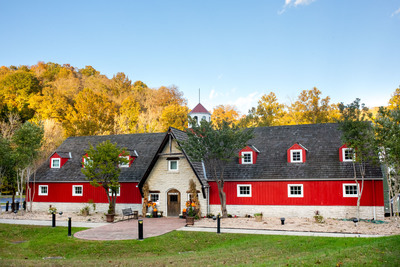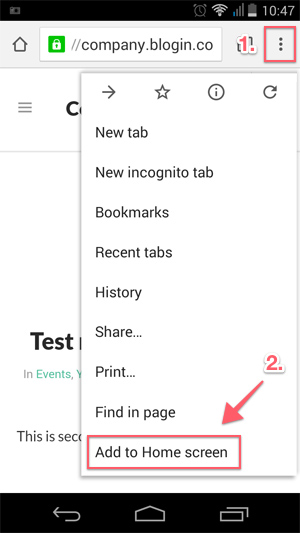
MOUNT VERNON, UNITED STATES
Kentucky Music Hall of Fame and Museum
Welcome to the Kentucky Music Hall of Fame and Museum! We are so happy you have chosen to stop by our museum and experience the impact that Kentucky has had on the entertainment industry. Along this tour, you will see exhibits from the Backstreet Boys, Loretta Lynn, Sringbean, Pete Stamper, Dwight Yolkham and so many more Kentuckians.
2590 Richmond Street, Mount Vernon, KY, United States
Kentucky Music Hall of Fame and Museum
-
Carly Pearce - 2022 Inductee
-
The Kentucky Headhunters - 2013 Inductees
-
JD Crowe - 2004 Inductee
-
Dale Ann Bradley - 2018 Inductee
-
Billy Ray Cyrus - 2018 Inductee
-
Jason Crabb - 2018 Inductee
-
Jackie DeShannon - 2018 Inductee
-
David "Stringbean" Akeman - 2018 Inductee
-
Bobby Lewis - 2018 Inductee
-
Exile - 2011 Inductees
-
Jerry Chestnut - 2004 Inductee
-
John Lee Lair - 2002 Inductee
-
Red Foley - 2002 Inductee
-
Coon Creek Girls - 2004 Inductees
-
Ulys R "Red" Turner - Renfro Valley Performer
-
Old Joe Clark - 2013 Inductee
-
Merle Travis - 2002 Inductee
-
Loretta Lynn - 2002 Inductee
-
Bradley Kincaid - 2002 Inductee
-
Jean Ritchie - 2002 Inductee
-
Tom T Hall - 2002 Inductee
-
Pete Stamper - 2015 Inductee
-
Steve Wariner - 2011 Inductee
-
Bradley Kincaid - 2002 Inductee
-
Bill Monroe - 2002 Inductee
-
Dwight Yoakam - 2008 Inductee
-
John Conlee - 2006 Inductee
-
Louis Marshall "Grandpa Jones" - 2002 Inductee
-
Keith Whitley - 2011 Inductee
-
Ricky Skaggs - 2004 Inductee
-
Brian Littrell & Kevin Richardson of The Backstreet Boys - 2015 Inductees
-
Patty Loveless - 2011 Inductee
-
Montgomery Genrty - 2015 Inductees
-
John Michael Montgomery - 2011 Inductee
-
The Judds - 2006 Inductees
-
The Everly Brothers - 2002 Inductees
-
Boots Randolph - 2004 Inductee
-
Sam Bush - 2006 Inductee
-
The Goins Brothers
-
Crystal Gayle - 2008 Inductee
-
Dottie Rambo - 2006 Inductee
-
Florence Henderson - 2008 Inductee
-
Steven Curtis Chapman - 2013 Inductee
-
Doc Hopkins - 2015 Inductee
-
The Osborne Brothers - 2002 Inductees
-
Howard and Vestal Goodman - 2004 Inductees
-
The Coon Creek Girls - 2004 Inductees
-
Billy Vaughn - 2004 Inductee
-
Todd Duncan - 2006 Inductee
-
Mary Travers - 2006 Inductee
-
John Jacob Niles - 2006 Inductee
-
Norro Wilson - 2008 Inductee
-
Les McCann - 2008 Inductee
-
Molly O'Day - 2011 Inductee
-
Marty Brown - 2022 Inductee
-
Marty Brown - 2022 Inductee
-
Tee Dee Young - 2022 Inductee
-
Paul Yandell - 2022 Inductee
-
Norah Lee Allen - 2022 Inductee
-
Tommy White - 2022 Inductee
-
Pete Goble - 2022 Inductee
-
2022 Karl Shannon Award: Jack Pattie



